MAPS
|
COMMUNITY MAPS
Here's an easy way to see Historic San Diego, just download any of our FREE tours with map and find your way to some of the best spots in town.
The heart and soul of San Diego stems from its historic roots and this can be seen in its eclectic neighborhoods, which are a mix of architectural styles and eras. We hope you enjoy our free do-it-yourself walking or driving tours as it has all the best stops and tips.
(Flash is required to view digital flipbooks.)
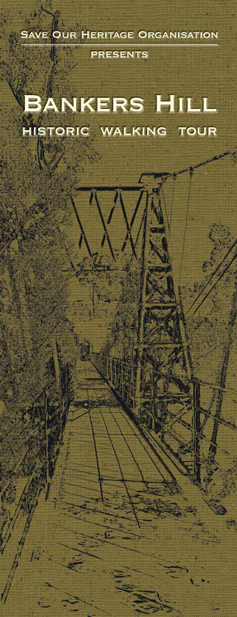
Bankers Hill Walking Tour
Bankers Hill was first developed in the late Victorian period. A few grand survivors represent some of the finest Victorian homes in California. They are the Timken (1888), Long-Waterman (1889) and the Britt-Scripps (1887), now a bed and breakfast. Many middle class Victorians were also built and can still be found throughout the community, one such, is the Keating House (1887) now a bed and breakfast.
As it grew into the 20th century some of San Diego's first families and community leaders chose to live here. Because of this influx of wealth coinciding with a flourish of master architects working in San Diego at that time, today we have significant works by Irving Gill, William S. Hebbard, Frank Mead, Richard Requa, Emmor Brooke Weaver, Hazel Wood Waterman, the Quayle Brothers, William Templeton Johnson, and many lesser known, but talented builders.
This walking tour celebrates what we have today and raises awareness of these sites and with that raised awareness, helps to ensure the protection of this uniquely San Diego neighborhood for generations to come.
Download pdf (5.2 mb) |
|
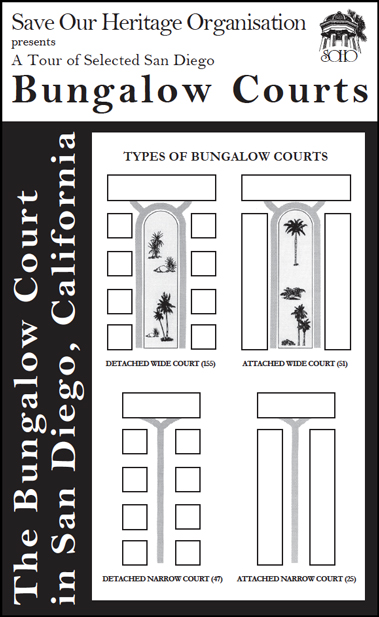
The Bungalow Court in San Diego, California
In the early days of the last century, a new housing type found its place in the hearts of Americans, developing a particularly strong following in the newfound paradise of Southern California. This housing type was known as the Bungalow Court. Today we still cherish these miniature Arts & Crafts and Spanish cottages, each with their own small yard, central courtyard, and neighborly orientation. Bungalow courts in Southern California come in many architectural styles.
The most common is Spanish, but there are many Craftsman courts, as well. In San Diego, we have examples of Egyptian, Mission Revival, Pueblo, Moorish Revival, Deco/Moderne, and 1950s modern.
During the last 30 years of the 20th century, many older neighborhoods were devastated by upzoning. But now that many of those same neighborhoods have experienced a renaissance, with the increased maintenance and pride of ownership, the courts among them have become highly desirable properties. Their survival is now, hopefully, assured, and they will continue to remind us of the romance of California living during the first half of the 20th century.
Download pdf (2.1 mb) |
|
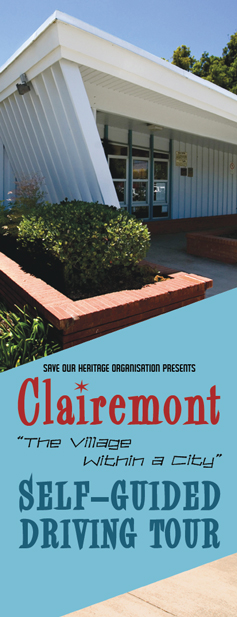
Clairemont, the Village Within a City
Self-Guided Driving Tour
In the late 1940s, real estate developers Lou Burgener and Carlos Tavares purchased and planned to develop 1,000 acres of former cattle grazing land on a wind-swept mesa overlooking east Mission Bay into a modern suburban housing tract. Recorded on October 16, 1950, Clairemont would become one of the largest postwar planned communities in the United States.
Clairemont's Village within a City suburban living concept would have far-reaching implications for San Diego as it stretched its city limits outward along new interstate freeways into outlying areas during the immediate postwar era.
Download pdf (13.5 mb) |
|
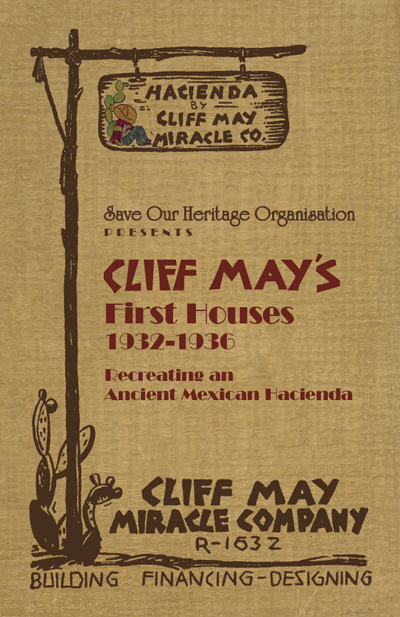
Cliff May's First Homes: 1932-1936
Designer Cliff May made his name and fortune in Los Angeles, but it was his San Diego roots and upbringing that made the man. A sixth-generation San Diegan, May (1908-1989) was the son of Beatrice Magee and Charles Clifford May. His mother came from the Estudillo and de Pedroreña families, who played a prominent role in California history under Spanish, Mexican and American rule.
May spent boyhood summers at his aunt Jane Mcgee's home at the Las Flores adobe on Rancho Santa Margarita y Las Flores, now part of Camp Pendleton. He also roamed the Santa Margarita ranch house and Casa de Estudillo, two other important adobe haciendas. May expressed a visceral understanding of what made these earthy, old haciendas with thick walls and low roofs so comfortable to live in when he reminisced about his youth: "The ranch house had everything a California house should be. It had cross ventilation, the floor was level with the ground, and with its courtyard and the exterior corridor, it was about sunshine and informal outdoor living." Learn more about Cliff May and see some his homes in San Diego.
Download pdf (14.3 mb) |
|
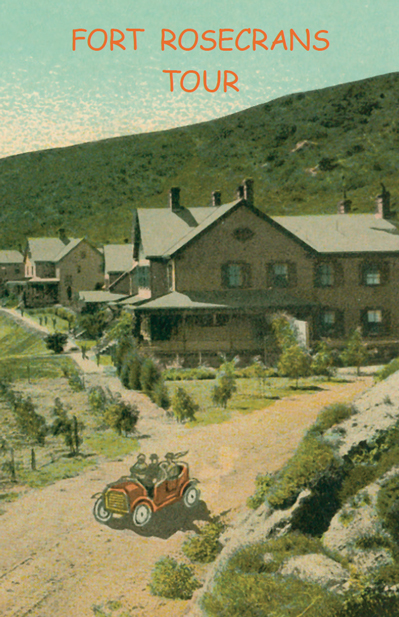
Fort Rosecrans Tour
(Not open to the public)
Fort Rosecrans is in the heart of the very beginnings of San Diego. Cabrillo first landed at Ballast Point in 1542, where the name San Diego first was applied by Vizcaíno in 1602, where the first permanent settlers of California landed in April 1769, and where the first Pacific Coast beacon was established the same year. The southern end of Point Loma was set aside as a military reservation by Executive Order of the President of the United States on February 26, 1852; its northern boundary was a line from the harbor to the ocean at a distance of a mile and a half north of La Punta de los Guijarros, which we now call Ballast Point.
This is an opportunity to visit one of San Diego's most private military bases to view some of its most historic buildings. Among the highlights will be the Battery Wilkenson (1898), Battery McGrath (1899), Artillery Ordinance Repair Facility (1943), the YMCA Gymnasium (1919, converted to Theater and Dance Hall in 1940), the Fort Guijarros Archaeology Lab (1940) and underground Collection Storage Bunker (1942), and several other sites on the Point Loma Sub base.
Download pdf (3.6 mb) |
|
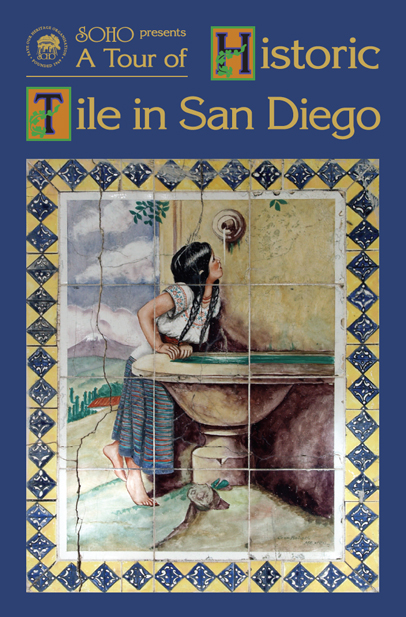
Historic Tile in San Diego
California was one of the leading producers of decorative art tiles and architectural terra cotta in the United States between 1910 and 1940, with more than 40 companies manufacturing art or commercial tiles within the state. After only a few decades, the once flourishing California tile industry was brought to an end by the Great Depression, the rise of Modernist design, and the widespread preference for utilitarian, whitebodied wall tiles following World War II. This is a guide to the public locations of historic tile in San Diego.
Download pdf (13 mb) |
|
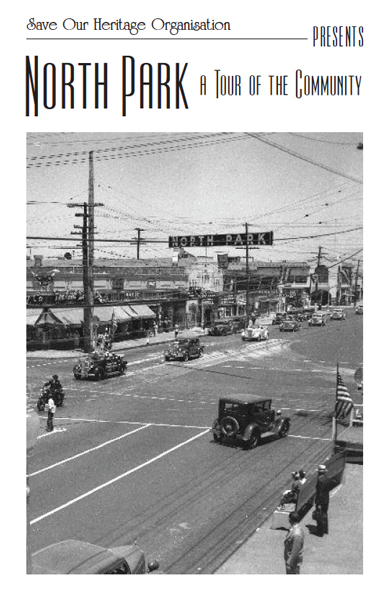
North Park Craftsman
The community of North Park began in 1893 when San Diego merchant Joseph Nash sold forty acres of land northeast of Balboa Park to James Monroe Hartley, who planted a lemon grove and called it Hartley's North Park. The name evidently stuck, as the City of San Diego in later years began to refer to the new suburb as North Park. This booklet takes you on a short tour to take a look at some of the Craftsman homes in this community.
Download pdf (8.3 mb) |
|
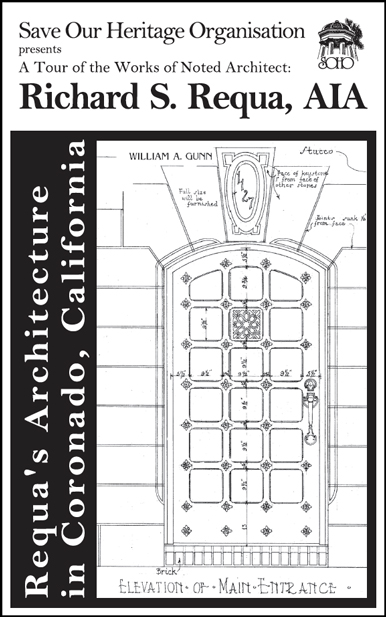
Requa's Architecture in Coronado, California
Richard S. Requa, AIA was born March 27, 1881, in Rock Island, IL. He and his family moved to San Diego in 1900. His early employment with Hartwell Electric reflected his training in electrical engineering. In 1908 he joined the staff of architect Irving J. Gill as a superintendent. At this time he was also writing articles on office organization, home design, and landscaping for national and local publications. Requa was one of the San Diego Architectural Association's original members.
Requa was impressed with the similarity of terrain and climate between Southern California and the Andalusia area of Spain. It was during the 1920s that Requa developed a style that was to become his hallmark; he labeled it Southern California Architecture.
Although all of his home designs during the peak years of the 1920s were unique, the Coronado designs stand out as examples of his creative imagination unfettered by the clients' financial status. In addition to the newspaper articles, many of the homes were featured in national and local publications, the articles focusing on the furnishings as well as the landscaping and architectural design.
Download pdf (7.4 mb) |
|
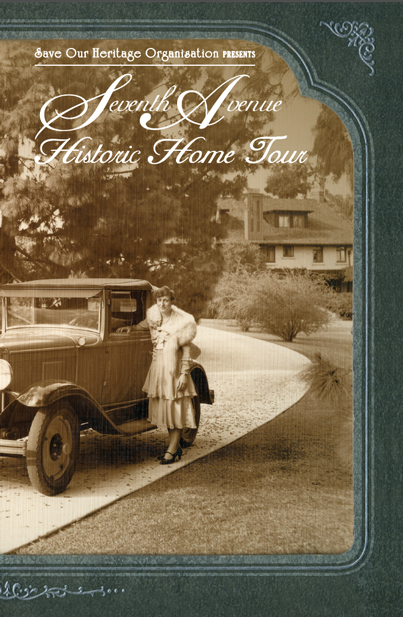
Seventh Avenue Walking Tour
Nestled into Balboa Park's northwest corner, the 3500 block of Seventh Avenue is one of San Diego's best-kept secrets. This lush tract looked very different - vacant, dusty and studded with chaparral - in 1886, when it became Thomas T. Crittenden's Addition. The block represents an important slice of San Diego's architectural history, with the strong imprint of architect Irving J. Gill. We can see Gill's buildings change from variations on the English Arts & Crafts style in brick to the horizontal Prairie Style with wide, sheltering eaves to geometric Early Modernism devoid of surface ornament. Gill designed two residences alone (one, the Thomas and Margaret Hamilton House, was demolished for a residential tower) and six others in partnership with another influential architect, William S. Hebbard.
Download pdf (6.3 mb) |
|
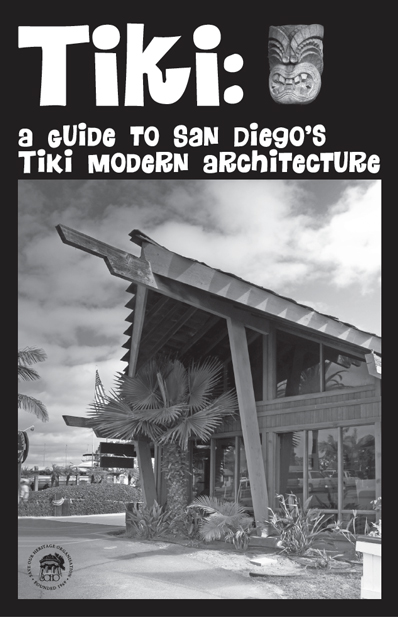
Tiki: A Guide to San Diego's Tiki Modern Architecture
Fantastic and whimsical expressions of exotic architectural escapism, San Diego's surviving Tiki Modern-style buildings are local manifestations of a nation-wide trend that once encompassed Polynesian Pop-influenced architecture, interior design, entertainment, music, food, and clothing. Whether it's called Tiki- Polynesian, Tiki Modern, or Atomic Tiki, the style typified the marketing of San Diego as a tourist destination where visitors could recreate in a semi-tropical paradise.
Fortunately, a good deal of San Diego's Tiki can still be found, especially in and around Mission Bay and Shelter Island, which may have the largest concentration of its kind in the nation.
We hope this booklet serves as an introduction to and inspire others to seek out other Tiki treasures in their neighborhoods. This in turn may lead to their recognition, preservation, and continued use by other generations of Tikiphiles.
Download pdf (7.4 mb) |
|
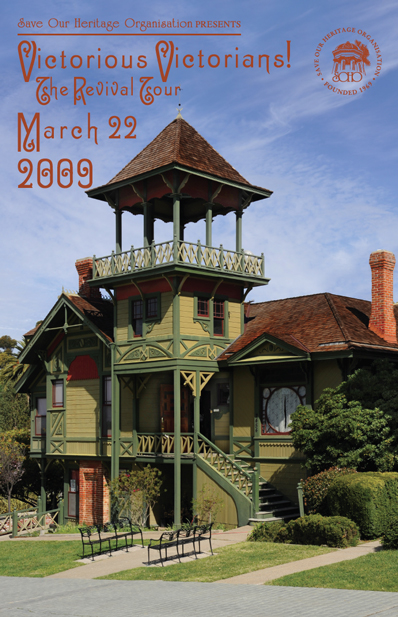
Victorious Victorians: The Revival Tour
Use this tour booklet to discover the Victorians still in existence in San Diego. Late Victorian Americans (1870-90) took the design of their homes very seriously. The Victorians were highly status-conscious, and nothing displayed one's status like the home. Their house was more than a home; it was a statement of their taste, wealth, and education. During the 1880s when the homes on this tour were built and during a time when San Diego was booming, the dominant Victorian house styles were the Queen Anne and Stick Eastlake, which are also the two styles that dominate this tour.
Download pdf (8.3 mb) |
|
|














